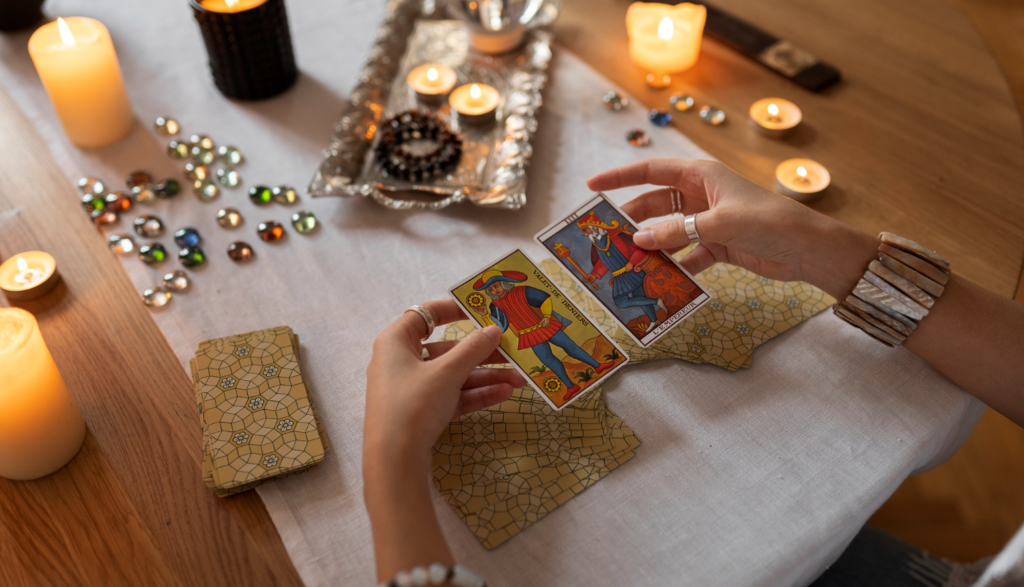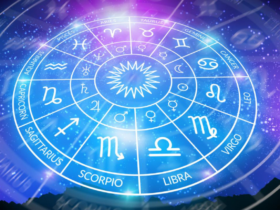The ancient practice of tarot card reading has intrigued and captivated individuals for centuries, offering a mystical glimpse into the future. While skeptics may dismiss it as mere superstition, many enthusiasts believe in the profound insights that tarot cards can provide. In this article, we’ll explore the fascinating world of tarot, examining its history, the symbolism behind the cards, and the art of deciphering their messages.
Historical Roots
The origins of tarot cards can be traced back to 15th-century Europe, where they were initially used for playing card games. However, over time, the cards evolved into a tool for divination and self-reflection. The deck consists of 78 cards, each with its own unique symbolism and meaning, divided into two main categories: the Major Arcana and the Minor Arcana.
Symbolism and Meaning
The Major Arcana, comprising 22 cards, represents significant life events and spiritual lessons. These cards, such as The Fool, The Lovers, and The Tower, hold powerful symbols that delve into the depths of the human experience. On the other hand, the Minor Arcana, resembling a standard deck of playing cards, consists of four suits—Cups, Wands, Pentacles, and Swords—each associated with different aspects of life, emotions, creativity, and intellect.
Reading the Cards
Tarot card readings involve drawing a specific number of cards and arranging them in a spread, such as the popular Celtic Cross spread. Skilled tarot readers interpret the cards’ positions, relationships, and symbolism to provide insights into various aspects of an individual’s life, including relationships, career, and personal growth.

The Skeptic’s View
While tarot enthusiasts swear by its accuracy, skeptics argue that the interpretations are subjective and lack empirical evidence. Critics often attribute the perceived accuracy of readings to the Forer effect—a psychological phenomenon where individuals find generic personality descriptions personally meaningful.
Related: Closing Cycles: The Astrological Meaning of Year-End Energy
Personal Growth and Reflection
Beyond predicting the future, many turn to tarot as a tool for self-reflection and personal growth. Tarot cards can serve as a mirror, encouraging individuals to explore their inner thoughts, feelings, and aspirations. The process of seeking guidance from the cards can be a therapeutic and empowering experience, fostering a deeper understanding of oneself.
Conclusion
Whether seen as a mystical art or a psychological tool, the fortune-telling power of tarot cards continues to captivate and inspire. While some seek answers about the future, others use tarot as a means of self-discovery. Regardless of one’s beliefs, the allure of the tarot lies in its ability to offer a unique lens through which individuals can peer into the mysteries of tomorrow and gain a deeper understanding of themselves





















